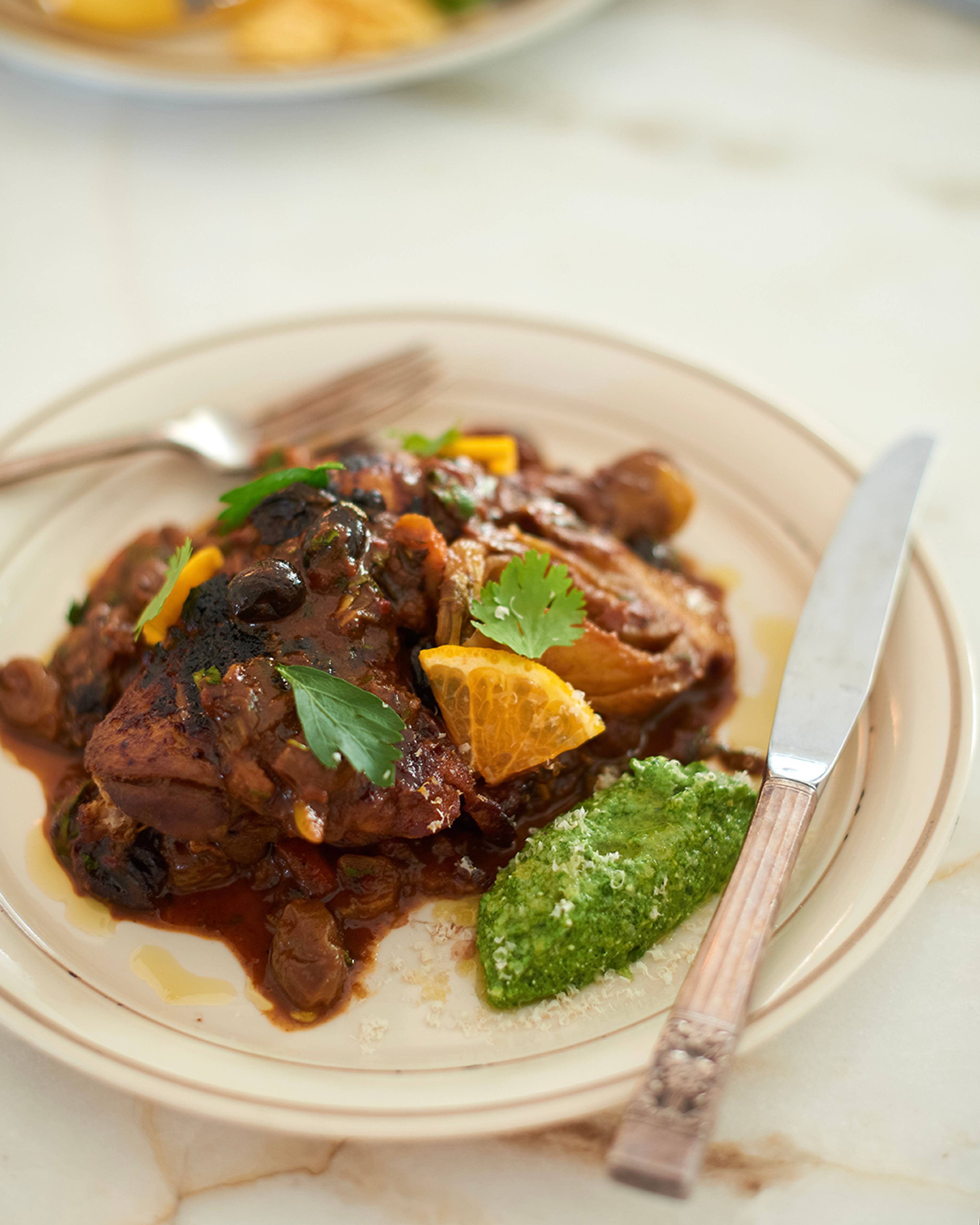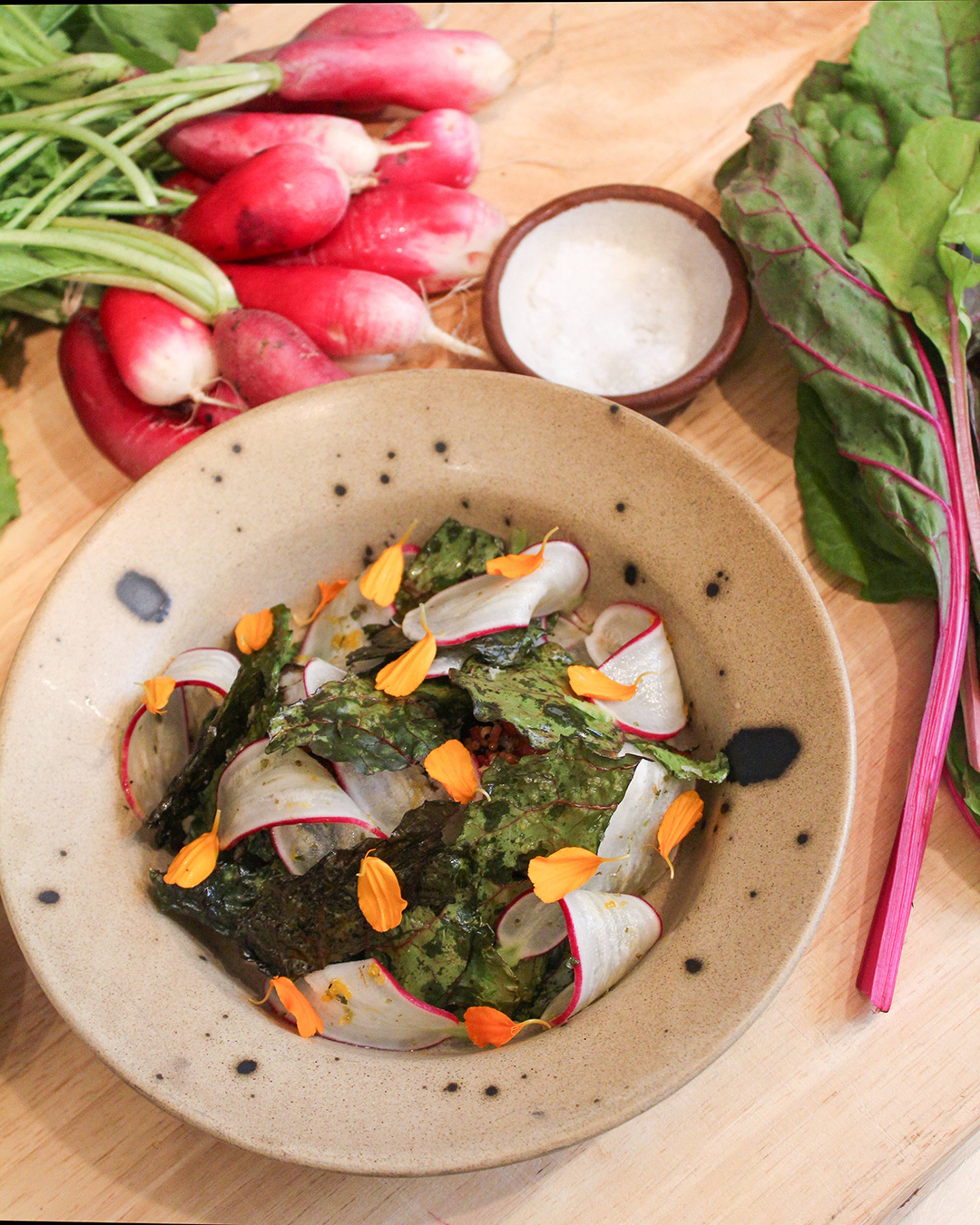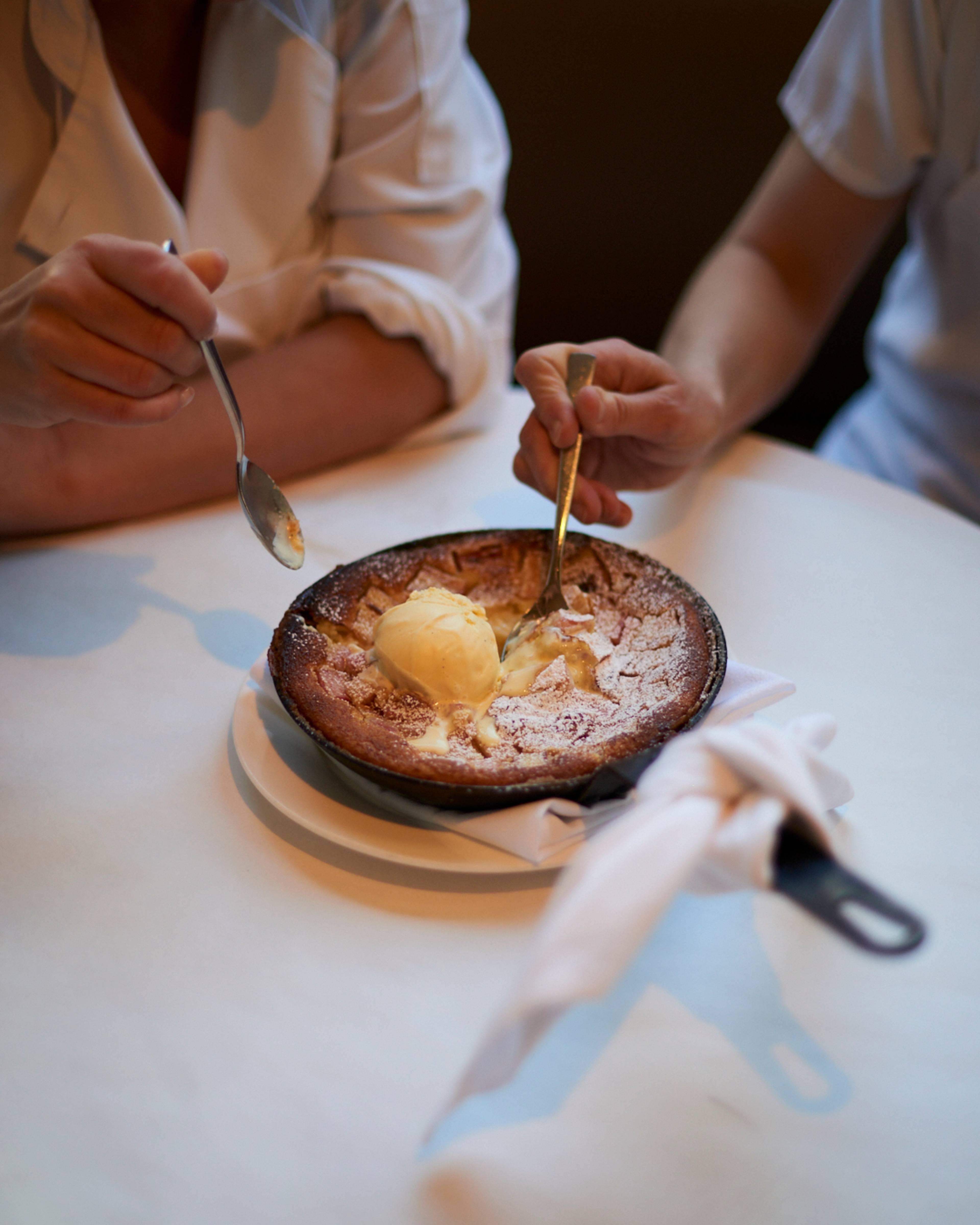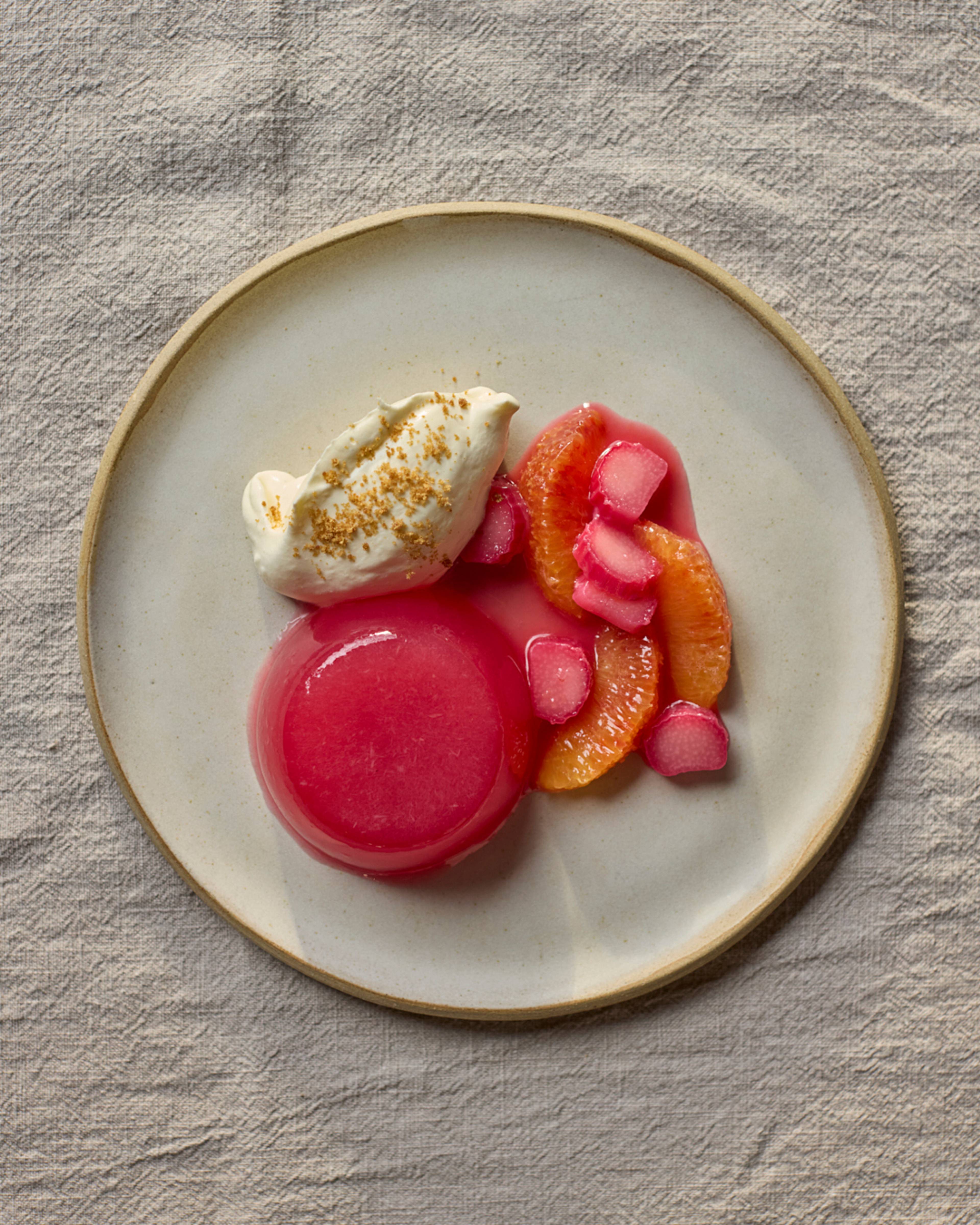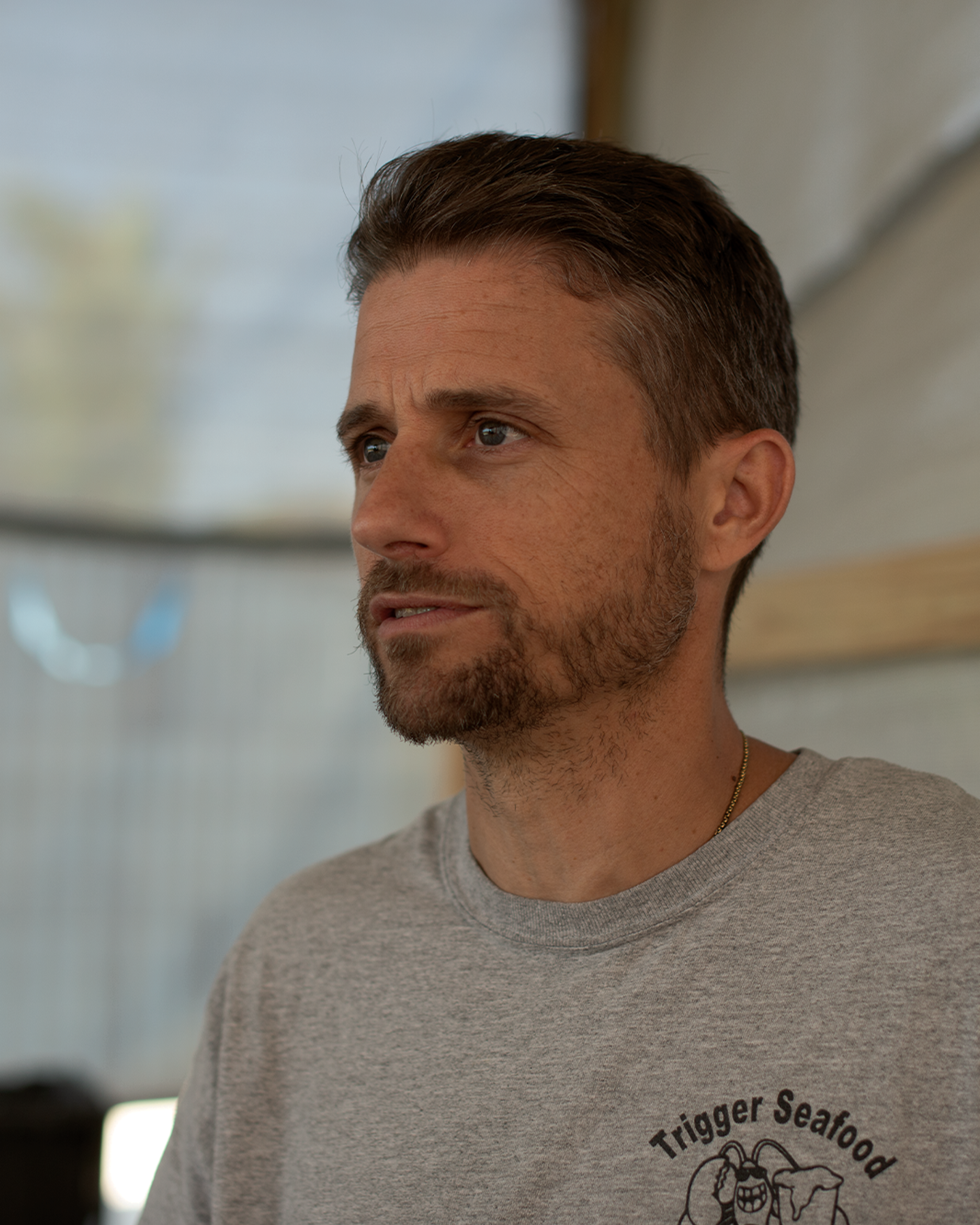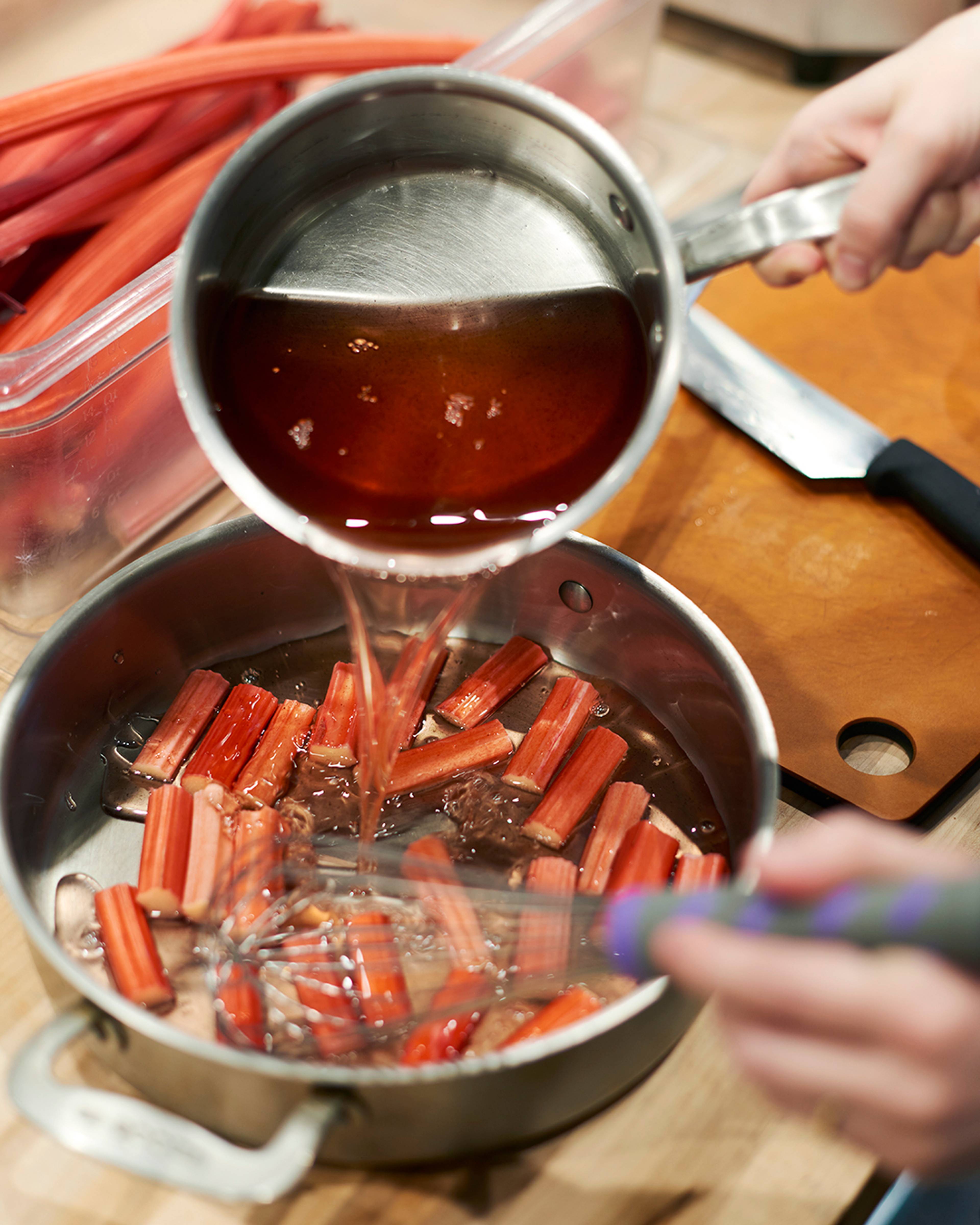5 YEARS ON AT MORA FARM WITH OLI BAKER
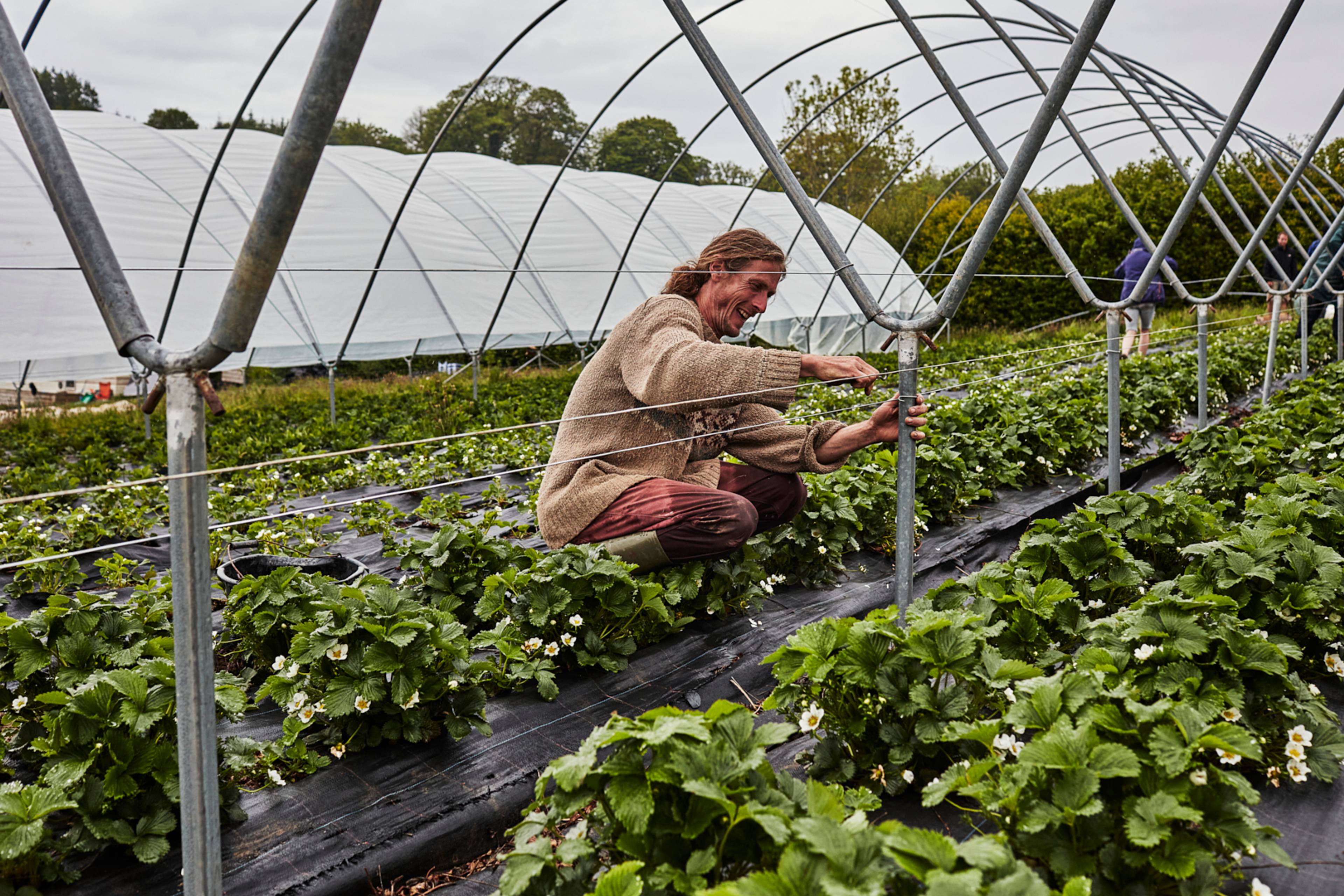
2021 is Oli’s fifth year at Mora Farm. This is the year that Oli became a finalist for the ‘best organic farm under 10 hectares’ in the Soil Association’s BOOM Awards, his spring onions were lauded by Clare Hargreaves in The Telegraph and the farm is more alive than ever. Plus, his berries are tasting phenomenal.
How has life on the farm changed over the last five years?
Mora Farm is all about experimentation. I’m completely winging it. I have been from the beginning and I still am. But this year it feels like the infrastructure is coming through. It was just bare ground when we took it on — two fields with a caravan. Now it’s a small farm.
I’ve learnt a lot this year, and I think you learn more with things going wrong than going right. My dad always says ‘if you were back at the start and you saw what you have now, would you be happy about it?’ and the answer is yes.
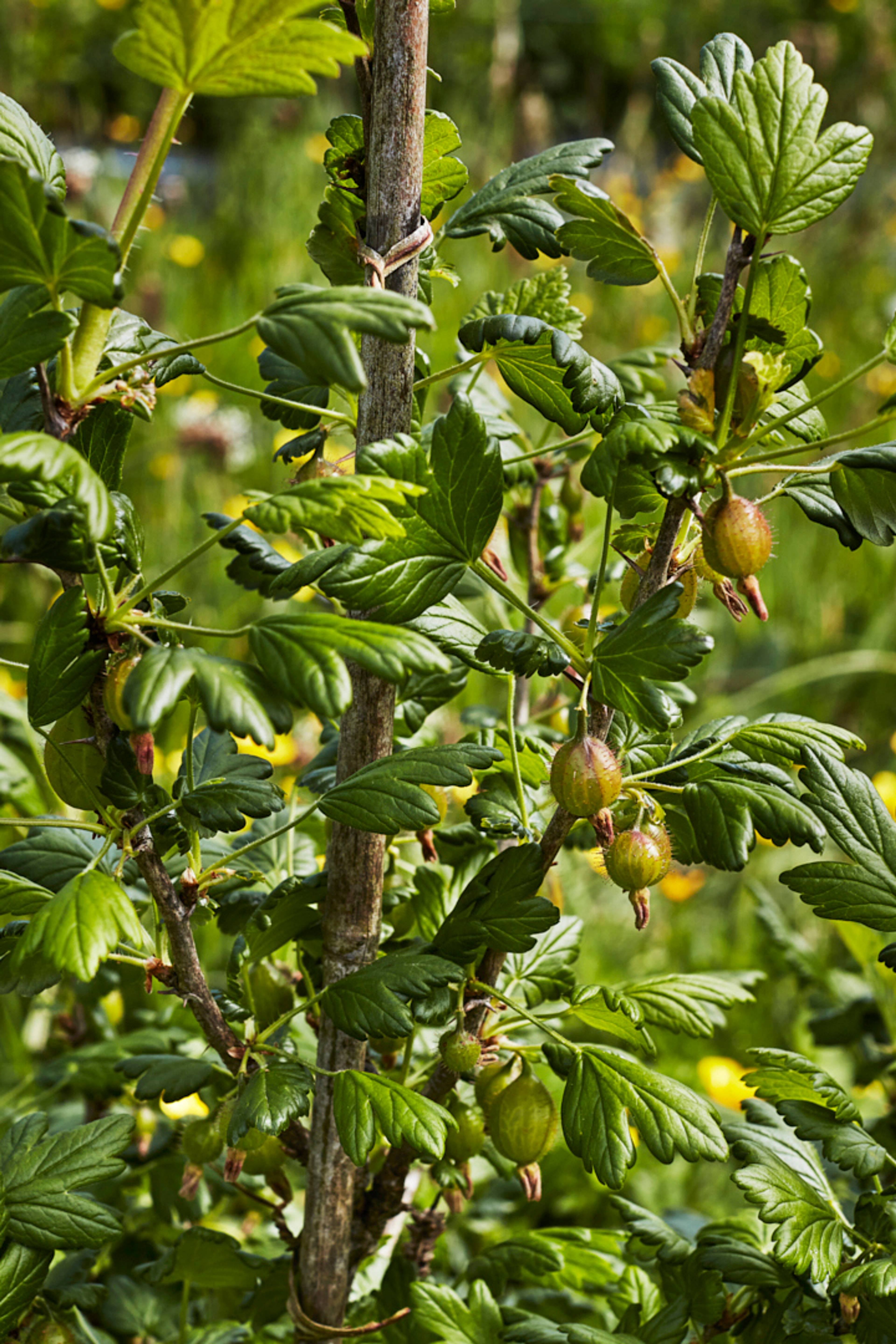
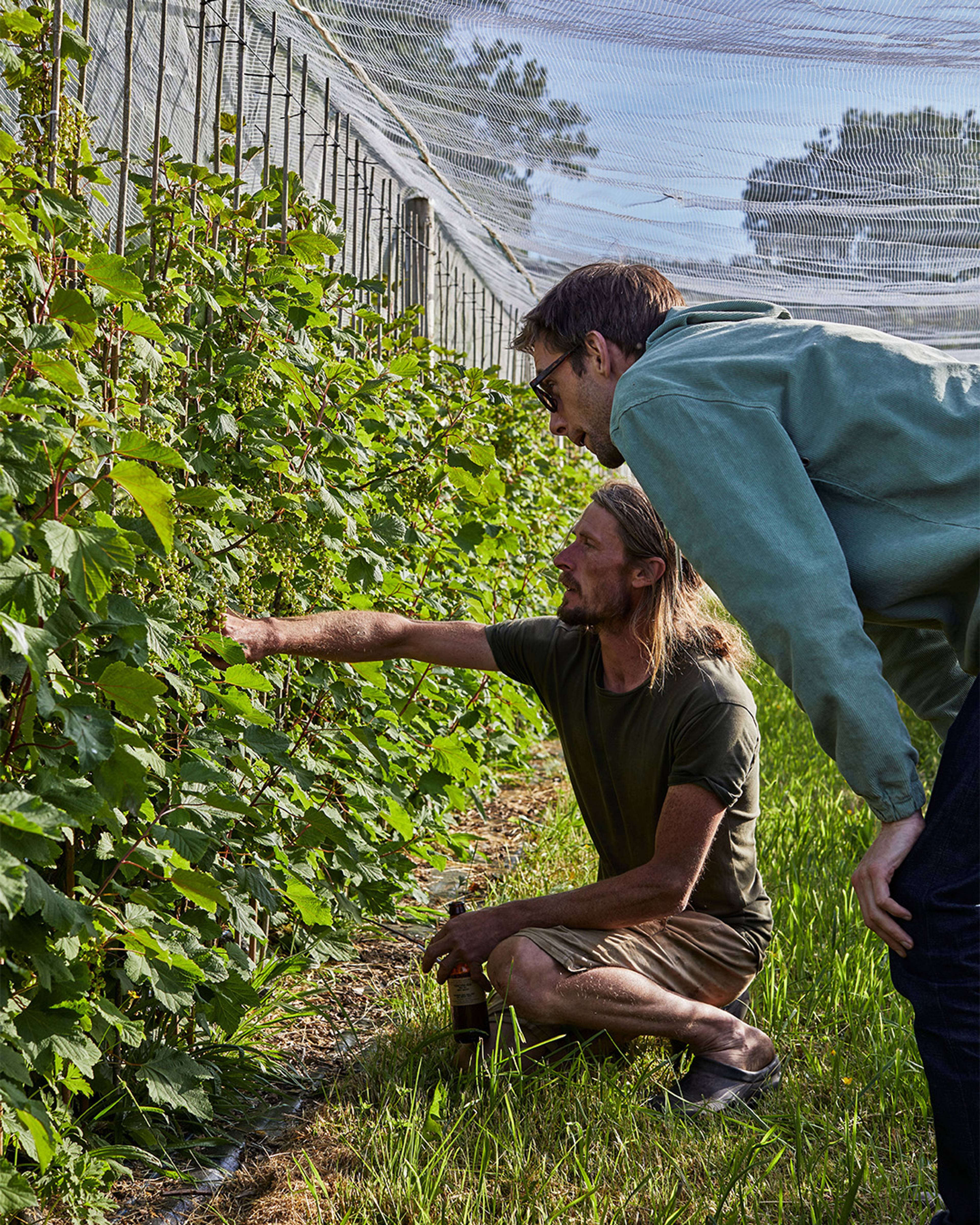
Which varieties stand out?
The blackcurrants, redcurrants and whitecurrants have done well on the cordons. The trellis is really simple to manage and the quality of the fruit is much better. You have to sit on the berries for two to three years, pruning before you get good fruit, but it’s worth it.
Which varieties have surprised you the most?
The biggest surprise is the Worcesterberries. My friend gave about 500 of them to me by mistake, but they turned out to be delicious and really prolific and vigorous which is exactly what I was looking for in a plant.
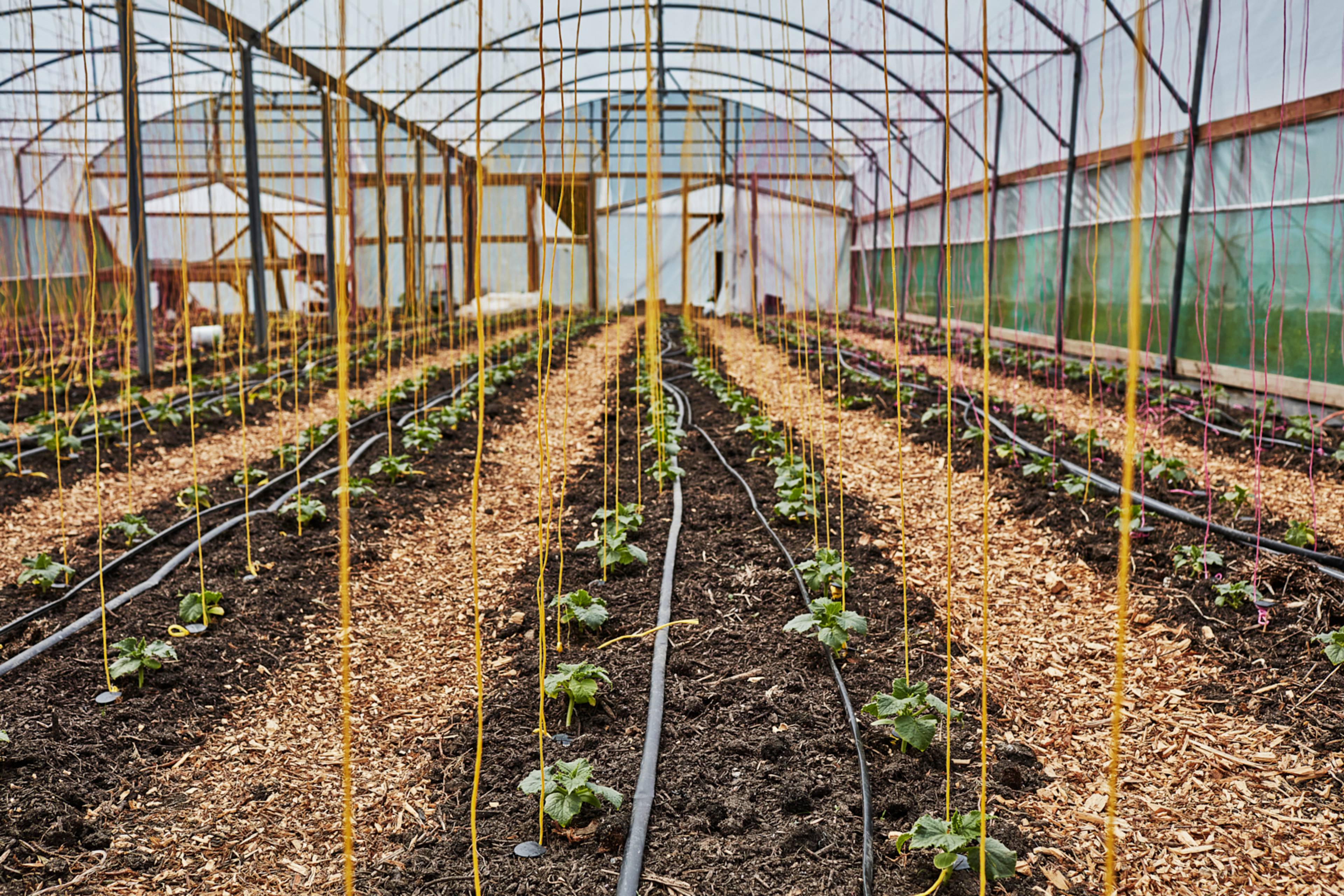
Which cultivation experiments have you enjoyed the most?
Over winter I tried using ice to protect my squashes from frost. It’s a technique used to protect flowers, where you use fine mist sprinklers to put a continuous mist of water over the plants. When water turns to ice it produces a small amount of heat so if you keep putting water onto a plant then the plant will stay at 0 degrees. If your water runs out during the night, then it won’t work. I’d say it half worked. I won’t do it again. But it looked beautiful.
I’ve had the most fun with the polytunnel. The soil looks amazing because it doesn’t get battered in the same way over the winter. I put biochar down — charred wood, like charcoal that makes the surface area bigger — then a load of manure and compost and haven’t touched the soil since. It’s now super healthy. It smells and looks a little like (crude) woodland soil. I’d like to put down a lot more organic matter, but it’s just as and when I can.

How has your soil changed over time?
All agriculture is bad for the environment — I’m not saving the world with my growing methods, but I can see where I haven’t had organic matter: I can see that it’s getting worse there. Overwintering cover crops has helped, especially with the springtime cultivation. The soil is much more pliable, it’s lighter and fluffier.
I judge the general health of the land by how the Elders that we planted when we first got here are doing. About 80% of them died off the bat, and the rest just sat there sulking, but now they’re starting to green up.
That’s a good gauge of the health of the land — how the perennials are doing, the grass, the tracks. The general health of the land is more important than looking at a handful of soil, because with soil there can be healthy and unhealthy patches on the same plot.
What do you think about the term Regenerative agriculture?
Regenerative is a great word to get behind — it’s about making better, it’s healing, it’s a powerful word, but without certification I fear it lacks substance. It’s become muddied in the same way as ‘sustainable’ and ‘eco’. It needs regulating and policing and would need to be Regenerative Organic to really make sense.
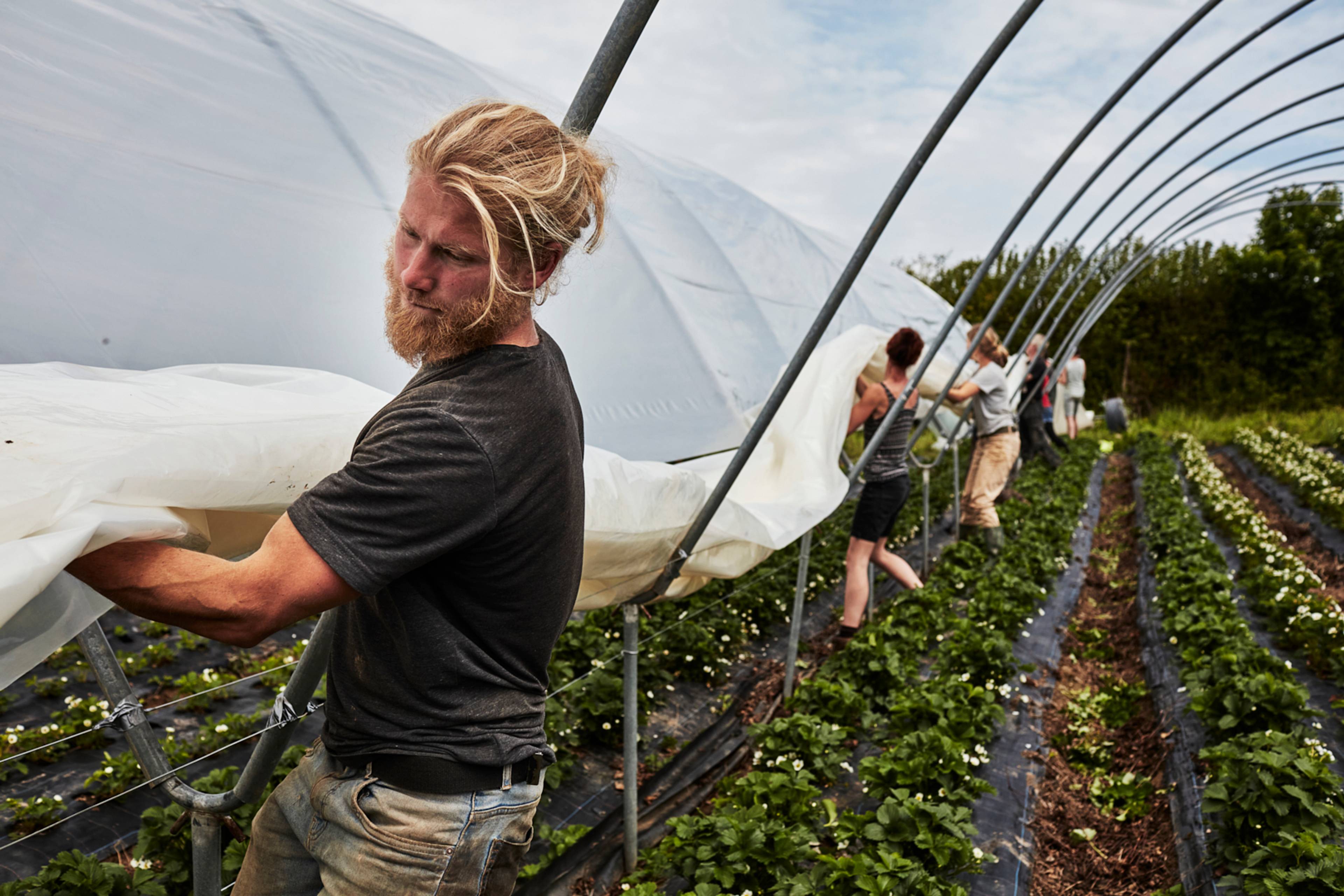
How important is community to small scale growers?
I started off at Keveral — an amazing miniature trampoline into farming for people with no means of accessing land. It’s been around for 40 years and I see no sign of it ever ending. It’s set up in a way that’s transient in its very nature: people can come and go but it also gives security for people that want to stay. It’s changed my life massively. As far as community there’s a huge network of people with different ideas and it’s an amazing place to grow and develop as a person.
What role does community play at Mora?
It’s good in a new place to find really supportive people and get to know the locals. My relationship with the local tree surgeon is going really well. Wood chip is a by-product for him, but it’s really valuable to me. I use a lot of the hard wood chips straight down as mulch. Then I compost some down with horse manure. There’s a local woman who has brought me horse manure for the last four years. She brings me tonnes of poo in bags. I’m organic so she changed her horse feed for me.
Then there’s our volunteers and trainees. I started my growing career volunteering for a year. I quit my second year at college because I had a feeling that a carrot would never ask me for a qualification. I try and offer that here. For me, it’s more about people being able to access land. I need the help, so it’s not entirely selfless, but I’m trying to give people the experience to work out if they like it.
We were having a beer the other night and counted through the volunteers who’ve been here. It was around 30-40 (I want to have a party one day and invite everyone back) but it’s amazing that so many people’s work and love and brains and backs have gone into this. It’s mad and humbling.

How do you see the future of small-scale sustainable agriculture going?
We need more entrant farmers with small pockets of land all around the country. The small bit I can do is have people down every year, and they can work out whether they think they have it in them. It’s hard work for little money, so not for everyone.
I might fail, but we need to enable mistakes to happen and give security to the people prepared to try. How do we set models that enable those new minds to come to farming, the ones that might have monumental ideas that change everything? It’s still in its infancy, but we need to open up the land.
What recommendations would you give to entrant farmers?
Take to Instagram - I’ve got my Insta buddies in America. People seem up for helping and that’s what’s great about the power of social media. You can see farming evolutions happen in real-time, and you can ask the person doing it questions. Plus, it’s a good way of logging dates and building up a record of when things are happening on the farm.
Listen to the Farmer to Farmer podcast episode with Kitchen Garden Farm - There’s a question which he always asked at the end saying ‘if your farmer self now could tell your younger farmer self one thing, what would it be’? Tim said ‘borrow more money’. That pretty much convinced me to come to Natoora to ask for a loan for the barn.
Read The One-Straw Revolution by Masanobu Fukuoka. It’s a book of philosophy under the premise of rice farming.
Do a permaculture course - It made me feel empowered: I’m a human, and if other humans have done it then I can probably do it. It’s a way of looking at design and function and how things move and flow.
What do you want us to do?
Buy lots of beans when they come out.
Stories
See allWe exist to fix the food system.
People are more cut off from the origins of their food than ever. This makes flavor, nutrition and farming practices that protect the planet, almost impossible to find.
By working directly with growers, we create a more sustainable way forward for farming. By giving everyone the tools to understand the power of our food choices, we empower everybody to become drivers of change.
Now is the time for action. Join the food system revolution.

Go beyond four seasons
Each fruit and vegetable has its own season, with subtle shifts which happen every day. Follow their microseasons to unlock flavor at every stage.
WHAT’S IN SEASON?

Know where your food comes from
We know the name of the person behind everything we source. Recognize their growing artistry to find out exactly where your food comes from (and why that matters).
MEET THE GROWERS

Make your diet diverse
Our growers work with varieties chosen for quality and nutrition, not yield. By selecting their crops you keep heritage seeds in play, add to ecosystem biodiversity and preserve unique flavors.
GO #OFFTHEPASS
United States
© 2024 Natoora Ltd.
